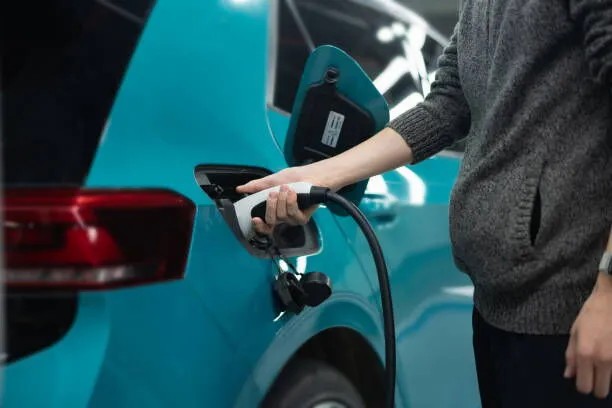


Level 2 vs. Level 3 Charging: What’s the Difference?
As the electric vehicle (EV) market continues to grow, understanding the different types of charging systems is key to optimizing the EV experience. Two of the most commonly discussed types are Level 2 and Level 3 chargers. Both offer distinct capabilities for home and commercial use, but they differ in terms of power output, installation costs, charging speeds, and ideal use cases. This article explores the key differences between these charging systems, helping you decide which one might best suit your needs.As a leading EV charger manufacturer in China, LiCB Charge offers reliable AC and DC electric vehicle charging stations along with comprehensive charging solutions.
A Level 2 charger is an advanced charging system widely used for both residential and commercial EV charging. Unlike the standard 120V outlet found in most homes (Level 1 charging), Level 2 chargers use a 240V outlet, similar to the type used by clothes dryers and other high-demand appliances. This higher voltage enables faster charging times, making it an excellent option for home or workplace charging.
Level 2 chargers use the SAE J1772 connector, also known as the “J Plug,” although Tesla vehicles require a proprietary connector (adapters are available). The charger itself is usually a compact box or pole, housing the necessary electronics and software to manage the charging process. These chargers can be installed in various locations, including residential garages, parking lots, and commercial properties.
Level 3 charging, also known as DC fast charging, is the cutting edge of EV charging technology. Unlike Level 2 chargers, which deliver alternating current (AC) to the vehicle’s onboard charger, Level 3 chargers bypass the onboard charger and deliver direct current (DC) power directly to the EV’s battery. This enables significantly faster charging speeds and is designed for quick recharges, particularly during long trips or in high-traffic areas.
Level 3 chargers can provide power outputs ranging from 50 kW to 350 kW, with newer models offering even higher capacities. For instance, a typical Level 3 charger can add up to 100 miles of range in just 30 minutes. This rapid charging capability makes Level 3 chargers ideal for commercial stations along highways and for fleet operations where minimizing downtime is crucial.
Level 2 Charging: Requires a 240V AC outlet, typically delivering between 3.3 kW and 19.2 kW, with home-use chargers averaging 6-10 kW.
Level 3 Charging: Uses DC power, with outputs ranging from 50 kW to 350 kW, enabling faster charging and more significant range boosts in shorter time spans.
Level 2 Chargers: Smaller, compact units that can be installed in various locations, including homes, workplaces, and public parking lots. They use an SAE J1772 plug or a Tesla-specific connector.
Level 3 Chargers: Larger, more complex systems requiring specialized equipment, often found in public charging stations or highway rest stops. They use CHAdeMO or CCS connectors, depending on the vehicle.
Level 2 Charging: Installation costs typically range from $500 to $2,500, depending on the complexity of the installation and the location.
Level 3 Charging: Installation is significantly more expensive, ranging from $50,000 to $150,000, due to the need for advanced infrastructure and high-power converters.
Level 2 Charging: Charges an EV fully in approximately 4 to 8 hours, depending on the vehicle’s battery size.
Level 3 Charging: Can charge an EV to 80% in 20-30 minutes, making it ideal for quick top-ups during long trips.
Level 2 Charging: Ideal for home use, workplace charging, and locations where the vehicle is parked for extended periods (e.g., overnight or during work hours).
Level 3 Charging: Best for long-distance travel, fleet operations, and high-traffic areas requiring fast charging and quick turnaround.
The demand for EVs continues to rise, and as a result, the charging infrastructure is evolving to meet the needs of both individual drivers and businesses. Level 2 chargers remain the standard for home and office use, offering convenience and cost-effectiveness. In contrast, Level 3 chargers provide the rapid, high-capacity charging required for long-distance travel and fleet operations. Understanding the differences between these systems will help you make an informed decision and select the best charging solution for your lifestyle and driving habits.Know more about Google SEO Directory
